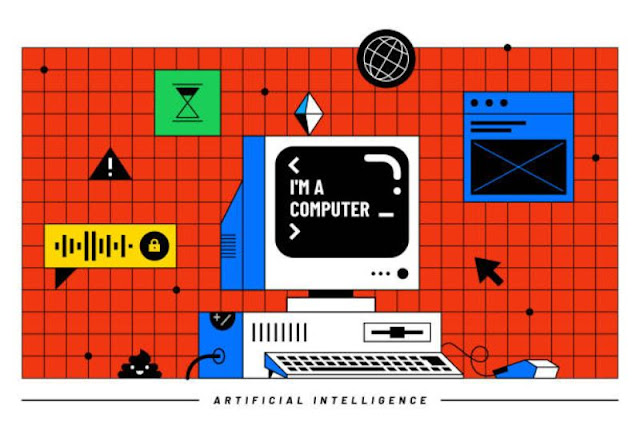Featured
- Get link
- X
- Other Apps
What technology is used in the website

What technology is used in the website
Websites have become essential to our digital lives, serving
as platforms for information sharing, e-commerce, communication, and more.
Behind the scenes, various technologies work together to create and maintain
functional and visually appealing websites. This object will explore the key
technologies used in website development.
HTML (Hypertext Markup Language):
HTML is the backbone of web development. It is a hike
language used to structure the content of web pages. HTML tags define the
elements within a webpage, such as headings, paragraphs, images, links, forms,
and more. HTML provides web browsers' structure and semantics to render and
display content.
CSS (Cascading Style Sheets):
CSS is used to define the presentation and styling of web pages. It allows developers to control a website's layout, colors, fonts, and other visual aspects. CSS separates the presentation layer from the underlying HTML structure, making updating and maintaining the website's appearance across multiple pages more accessible.
JavaScript:
JavaScript is a programming language that adds interactivity
and dynamic behavior to websites. It enables developers to create interactive
elements, validate forms, handle user input, animate content, and perform client-side
operations. Web browsers widely support JavaScript, which is essential for
creating engaging and interactive web experiences.
Backend Programming Languages:
Backend programming languages handle server-side operations
and process requests from web browsers. Popular languages for backend
development include:
a. PHP: PHP is a widely used server-side scripting language
for web development. It is known for its simplicity, flexibility, and
compatibility with various databases and frameworks.
b. Python: Python is a versatile programming language used
for web development. It offers frameworks like Django and Flask, which provide
tools and libraries for building robust web applications.
c. Ruby: Ruby, and the Ruby on Rails framework, is known for
its developer-friendly syntax and rapid application development capabilities.
d. Java: Java is a powerful and widely adopted programming
language for building enterprise-level web applications. It offers scalability,
security, and a vast ecosystem of libraries and frameworks.
e. Node.js: Node.js is a runtime environment that allows
developers to run JavaScript on the server side. It is prevalent for building
scalable and real-time web applications.
Databases:
Websites often require a way to store and retrieve data. Databases provide a structured mechanism for managing and organizing data. Common types of databases used in web development include:
a. Relational Databases: Relational databases like MySQL,
PostgreSQL, and Oracle use tables and relationships to store structured data.
They are well-suited for applications that require complex data modeling and
querying.
b. NoSQL Databases: NoSQL databases like MongoDB and
Firebase offer a flexible and scalable approach to storing unstructured or
semi-structured data. They are often used in applications with large amounts of
data or high write/read requirements.
Content Management Systems (CMS):
CMS platforms provide a framework for managing website
content efficiently. They offer user-friendly interfaces, templates, and
plugins that simplify creating, editing, and publishing web pages. Popular CMS
platforms include WordPress, Drupal, and Joomla.
Version Regulator Systems:
Version control systems like Git are indispensable for
managing and tracking changes to website code. They allow multiple developers
to collaborate on the same codebase, revert to previous versions, and resolve
conflicts efficiently. Version control systems ensure code integrity and enable
seamless deployment of website updates.
Web Servers and Hosting:
Web servers like Apache and Nginx serve web pages to users' browsers. They handle HTTP requests, process server-side code, and deliver HTML, CSS, JavaScript, and other assets to the client. Websites are hosted on servers that store website.
- Get link
- X
- Other Apps

